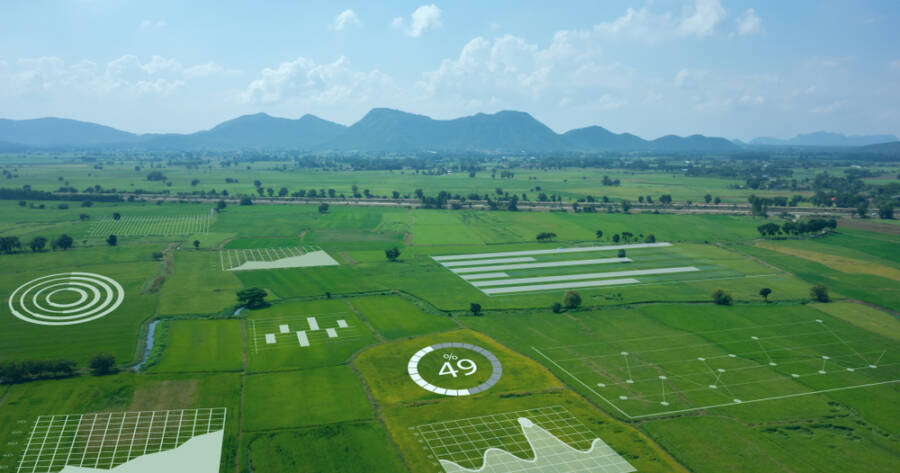Imagine a living, breathing replica of your city that mirrors traffic flows, energy usage, air quality, and even pedestrian movement in real time. This is not science fiction. It’s the rapidly growing world of digital twins, where virtual models of physical environments are revolutionizing the way cities are planned, managed, and experienced. From smarter infrastructure to disaster preparedness, digital twins are unlocking new possibilities for more efficient, resilient, and responsive urban living.
What Is a Digital Twin?
A digital twin is a real-time digital replica of a physical object, system, or environment. In the context of cities, it’s a complex, data-rich model that mirrors the actual urban landscape- buildings, roads, public services, utilities, and more. Powered by sensors, artificial intelligence, and the Internet of Things (IoT), digital twins collect and process data to simulate, analyze, and predict outcomes in the real world.
Unlike static maps or outdated models, digital twins are dynamic. They constantly update based on incoming data, creating a live, interactive platform for city planners, engineers, policymakers, and even citizens.
Smarter City Planning and Development
One of the most transformative uses of digital twins is in urban planning. Instead of relying on static blueprints, city planners can test out new roads, public transit routes, or zoning laws in the virtual model before making real-world changes. This reduces the risk of costly errors and enables better long-term decision-making.
Want to see how a new park might affect neighborhood traffic? Or test how adding bike lanes could impact pedestrian safety? A digital twin can simulate these scenarios with real data and help city officials choose the best course of action.
Improving Infrastructure and Maintenance
Digital twins also allow cities to monitor and maintain infrastructure more proactively. Sensors embedded in bridges, roads, and utility systems feed data into the twin, identifying wear and tear, leaks, or other issues before they become serious problems.
For example, a smart water network modeled in a digital twin can detect abnormal pressure patterns and pinpoint a hidden leak. By catching these issues early, cities save money, reduce waste, and prevent service disruptions.
This predictive maintenance approach is especially critical for aging infrastructure, where early intervention can extend lifespan and improve safety.
Enhancing Sustainability and Resilience
As cities aim to become more sustainable, digital twins offer valuable insight into energy use, waste management, and environmental conditions. Urban heat maps, real-time pollution data, and energy consumption patterns can all be visualized and analyzed to support green initiatives.
In Singapore, the city’s virtual twin is used to optimize building designs for natural ventilation, monitor carbon emissions, and plan green spaces. During heatwaves, digital twins can help identify which neighborhoods are most at risk and prioritize cooling strategies or public alerts.
They’re also vital tools for climate resilience. In the event of a natural disaster, a city’s digital twin can simulate flooding, predict evacuation bottlenecks, and guide emergency response efforts in real time.
Empowering Citizens
Digital twins don’t just serve officials and engineers, they can also enhance civic engagement. Some cities are developing public-facing platforms that let residents explore data, visualize upcoming developments, and provide feedback.
By making urban data transparent and interactive, digital twins can help foster trust and collaboration between governments and the communities they serve.
Building Smarter Cities from the Ground Up, Virtually
Digital twins are more than just high-tech maps, they’re a new way to understand and shape urban life. By combining real-time data with advanced modeling, cities can make smarter decisions, deliver better services, and prepare for the challenges ahead.
As this technology continues to evolve, digital twins could become as essential to city life as roads and power lines, quietly shaping the future from behind the scenes. The city of tomorrow may already exist today in virtual form.

